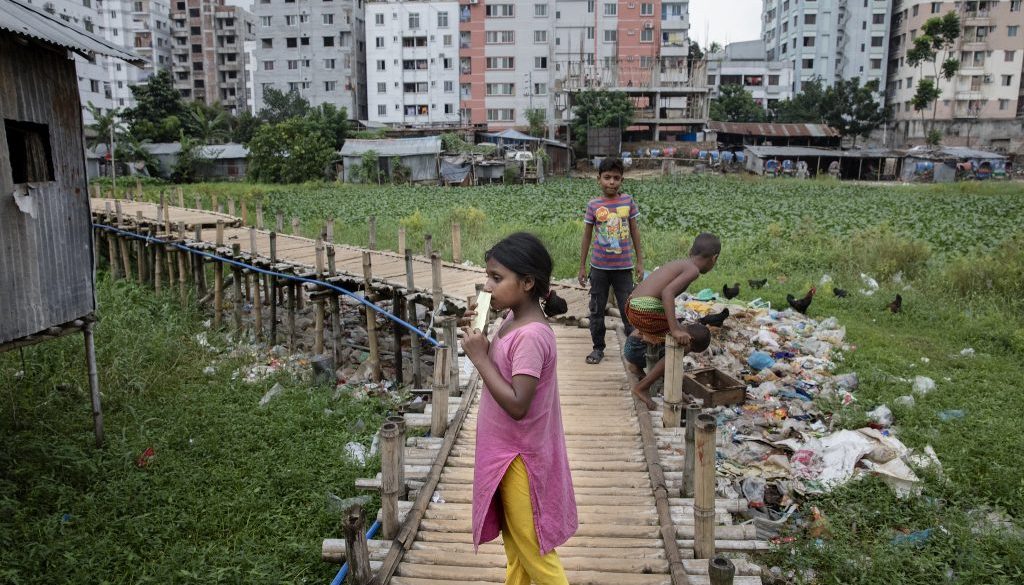The ‘romanticization of resilience’ – learning from ARISE
Lynda Keeru documents discussions in the ARISE panel of the Gobeshona Global Conference on Research into Action. Speakers included Vinod Rao, Shrutika Murthy, Inayat Kakkar, Wafa Alam, Dr Aditya Pradyumna and Smruti Jukur.
Vinod introduced the session and explained to the participants some of the issues and themes that the presenters would be addressing – urban marginal living and work. They would particularly focus on the romanticization of resilience and whether actions based on limited choices can be termed resilient. The COVID-19 pandemic created large disruptions but many in the margins survived and we ought to ask ourselves if that is being resilient. People sadly survive in spite of poor public health access – is that too a marker of resilience?
Can adaptation be resilient?
Is it possible to move beyond arguing just around precarity of livelihoods? Vinod pointed out the need to acknowledge and support people’s processes and invest in people’s universal public health care. Making people’s needs and aspirations central to urban planning is key.
ARISE aims to improve accountability and promote health and wellbeing of urban marginalized people living and working in urban informal settlements. The consortium targets the most marginalized dwellers in urban informal settlements.
The experiences of waste pickers
In all the settings that were presented, waste pickers are more often than not perceived as thieves and not workers. The circumstances in which they work are neglected and very hazardous. They have no protective wear, work long hours and the terrains they cover are usually very hard to traverse. They face a lot of stigma and are discriminated against by state, society and health systems. There are also gendered experiences when seeking care and they encounter many challenges in accessing social security. COVID-19 exacerbated all these pre-existing vulnerabilities and now there is an over-reliance on civil society organizations and philanthropists. They were forgotten in most of the strategies to curb the pandemic as the focus was on providing protective equipment and mass testing.
There are many health disparities in urban areas in India and health vulnerability to climate change is not divorced from general vulnerability. The urban poor experience health vulnerability in the form of poor and precarious living conditions, hazardous occupations and social exclusion from services. There is a general growing prevalence of non-communicable diseases and a big difference in the prevalence between the rich and the poor.
The health care system in India is characterized by multiplicity of providers, inadequate numbers, delay in accessing care, high costs that the vulnerable may not be able to afford out-of-pocket and a lack of dignified care for the vulnerable.
What can be done?
It is the role of the state to ensure availability and access to comprehensive care. There is a lack of Primary Health Care in urban areas and a reliance on secondary and tertiary care facilities including ambulatory care. There is need to create awareness among the general population, which includes the vulnerable, health care providers and policy makers, on the impacts of climate change on human health. The health care system must also be strengthened to reduce illnesses and diseases due to variability in climate. A proactive approach is needed.
The resilience debate
Urban informal settlement residents’ mechanisms for survival are seen as resilience. Resilience is often glorified and this is dangerous as it overshadows lack of accountability among governance actors and service providers. There’s need for thoughtful consideration of the various aspects of urbanization and a better understanding and involvement of urban vulnerable populations in decision-making. Investment in health and equity should be at the core of strengthening public health and not just for the sake of climate change.
Photo credit: “Sujat Nagar slum in Dhaka” by World Bank Photo Collection is marked with CC BY-NC-ND 2.0.
